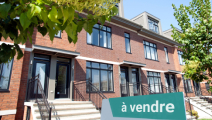Home staging—the key to an easier sale
Home staging is a strategy that is increasingly popular with sellers and brokers wanting to present a house, condo or apartment in its best light. Transforming a space to make it more attractive to potential buyers can make all the difference between a quick sale and a property that stays on the market for months. Read on for everything you need to know to master the art of home staging.
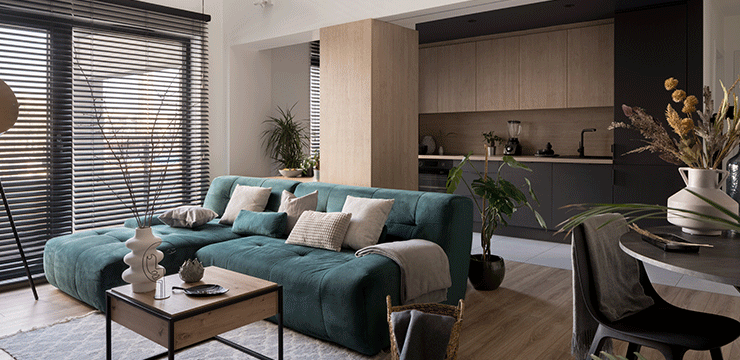
Why is home staging important?
In a competitive real estate market , first impressions matter. A well-presented house captures the attention of buyers, allowing them to better visualize the space’s potential. According to a study carried out by the Real Estate Staging Association , home-staged houses sell on average 73% faster than those with no staging. Moreover, the various improvements that come with home staging can maximize the property’s sale price—and buyers are often keen on the turnkey option!
Note: homestaging is not intended to hide defects—quite the opposite—it’s about highlighting the positive attributes of the property.
What is the difference between home staging and interior design?
Interior design highlights the owner’s style and preferences, while home staging aims to do the opposite by depersonalizing the space to attract the largest pool of potential buyers.
The key principles of home staging
1. Decluttering
Almost everyone has heard of decluttering queen Marie Kondo or come across TV shows featuring various pros in organizing. It’s no coincidence that these practices are so popular. Several studies have found that living in clean, well-organized spaces promotes a more serene and stress-free life . It is also one of the principles of home staging! In addition to improving the appearance of the home, decluttering is key to creating a sense of space and clarity. By eliminating unnecessary items and simplifying the layout, you create an open and inviting atmosphere, allowing potential buyers to better imagine themselves living in the space.
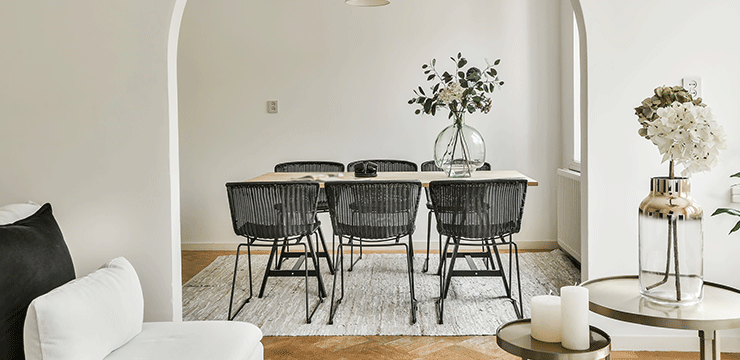
2. Thorough cleaning
It goes without saying that impeccable cleanliness is a major plus. Areas such as the kitchen, bathrooms and glazed surfaces require special attention. Don’t forget to thoroughly clean baseboards, air vents and all other often-overlooked nooks and crannies. A clean environment also allows buyers to focus on the home’s features rather than getting distracted by dirtiness or unpleasant odours.
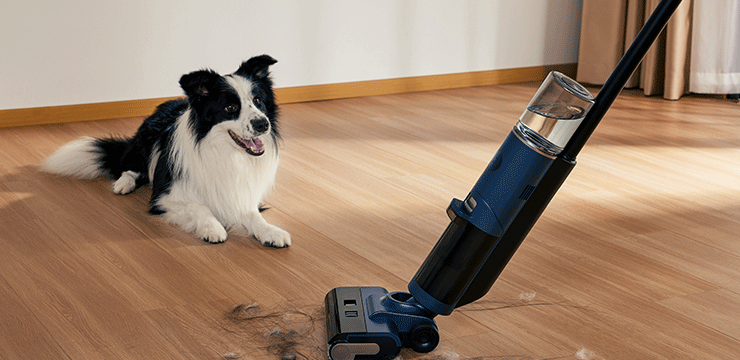
3. Neutralizing the decor
Neutral colours and universal furniture can make any space attractive for a wide range of buyers. Walls with soft colours such as beige, light grey or white also help buyers see themselves living in the space. While you may be a fan of canary yellow or the latest trendy purple colour of the year , not every buyer will share your tastes! What’s more, undertaking a major paint job won’t be on every future owner’s wish list.
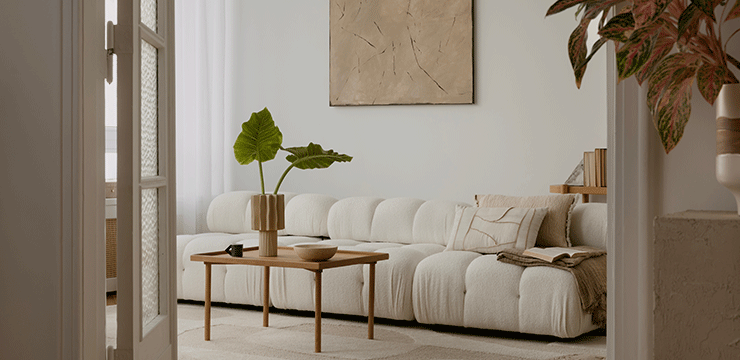
4. Optimizing the lighting
Light plays a crucial role in showcasing rooms. Maximizing natural light by uncovering windows and adding strategic lighting helps to create a warm and inviting atmosphere.
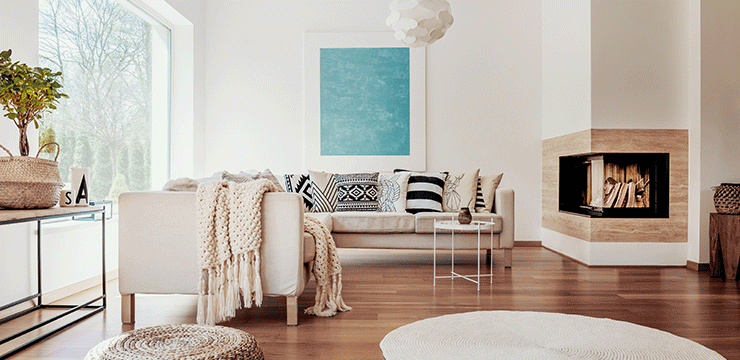
|
Tips and tricks If your home has limited natural light, be sure to shop for your artificial lighting wisely. Opt for bulbs that mimic natural light, which are neither too yellow nor too blue, because no one likes the cold light of fluorescent neon lights! |
5. Highlighting the strong points
Each property has its own distinctive features, such as a fireplace, stunning views or open-space living. Home staging aims to highlight these attributes to capture the attention of buyers. It can even transform and optimize awkward, odd-shaped areas, such as the space under the stairs. Why not turn this area into a workspace, a coffee station or even a corner for your pet? This atypical, often-underutilized space could be a winner with potential buyers!
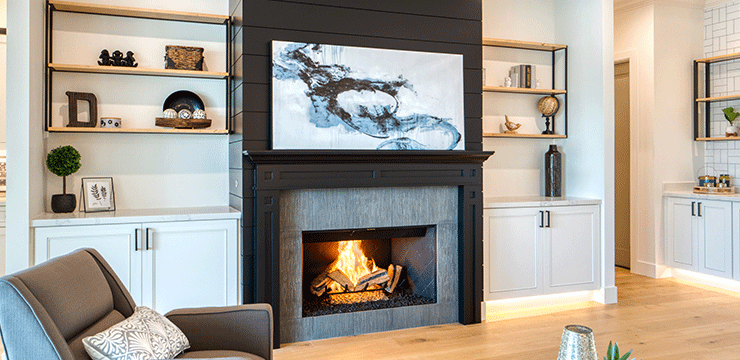
6. Getting on trend
Home staging doesn’t require major renovations. Simple and effective adjustments, such as replacing kitchen cabinet handles, painting walls or changing an old-fashioned faucet can really transform the atmosphere of a room and make it trendy.
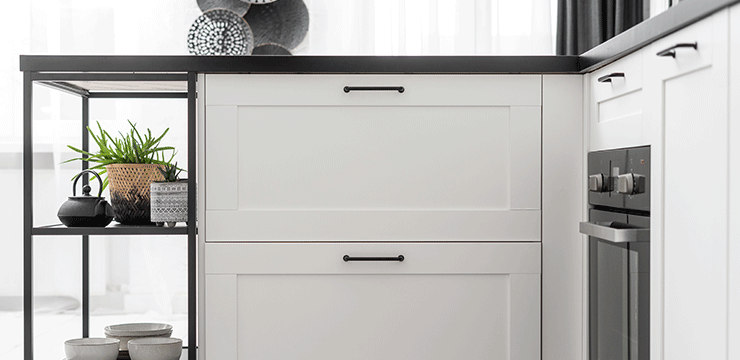
7. Giving each room a function
Assign a clear and unique function to each room in the house and ensure that each space inside a room has a specific purpose. This will allow buyers to imagine how to optimize the property as a whole. For example, a converted attic can become an office, or a cluttered room can be transformed into a guest room.
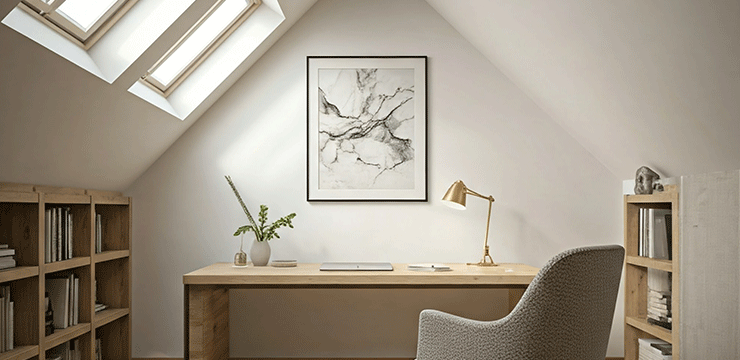
The aim is not for buyers to reproduce these uses exactly, but to see the full potential of the space. Think of nooks, benches under windows, unused corners, or even eating areas—every square metre should be showcased.
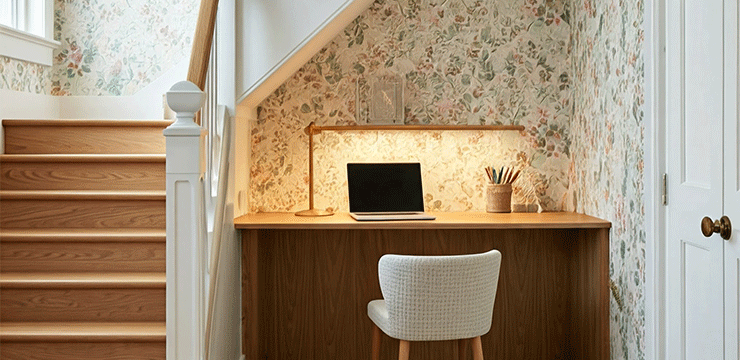
8. Creating an inviting atmosphere
Finishing touches are essential to creating a warm, tasteful and inviting ambiance. Well-positioned plants bring a touch of freshness and life to every room, whether it’s a bouquet of flowers on the dining table or small succulents in the bathroom. Other ideas to add character include cushions that complement the colours of the room, light curtains to let in natural light, and a rug that defines a space.
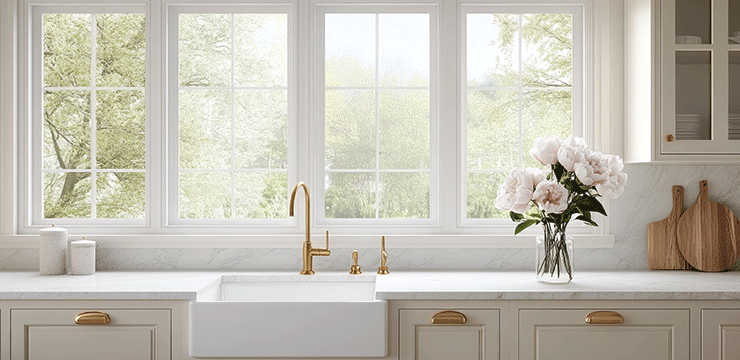
|
Tips and tricks During showings, don’t forget details such as lighting a scented candle, arranging a neat stack of books or placing a cozy throw on the sofa. These subtle but noteworthy touches help buyers to see themselves living there and gives a feeling that every space is ready to be inhabited. |
Which rooms should be prioritized in home staging?
Ideally, you should start by decluttering every room to create an airy and welcoming space. However, if you’re on a tight budget and renovations such as painting or buying furniture and accessories are required, it’s important to focus on the house’s main rooms: the living room , kitchen , bathroom, main bedroom and entrance. The entrance is especially crucial as it gives buyers their first impression. Focusing on these spaces will maximize the impact of your home staging without exceeding your budget.
Should I hire a home staging professional?
Home staging can be done in different ways. The seller can decide to do it themselves, hire a professional or even call on their broker, who has a long list of professionals to refer. Your broker has the expertise to guide you through the process, ensuring that you make the right choices while avoiding unnecessary expenses.
|
Tips and tricks If you hire a home staging professional, don’t forget to carry out your due diligence : field of study, portfolio of previous projects, and fees charged. Make sure you have a written contract signed and request proof of payment. |
How much does it cost?
The cost of home staging can vary considerably depending on several factors, such as the size of the property, the level of personalization and the type of services chosen. On average, the home staging itself costs 1% of the property’s value. However, this does not include professional fees.
- Initial consultation: An initial consultation can cost between $150 and $500.
- Partial home staging: For a small adjustment (painting, decor accessories, furniture repositioning), prices range from $500 to $1,500.
- Full home staging: For a full service, including furniture rental and professional decorating, it can range from $2,000 to more than $5,000, depending on the size of the house. Also, if you rent furniture, you have to think about the ongoing costs of the furniture.
* The cost amounts shown are for guidance only and may vary depending on the complexity of the work to be performed.
How do I save on home staging?
Taking a strategic and thoughtful approach can be a real money saver. Here are some tips to maximize impact while keeping costs under control:
- Do the painting yourself: If painting is needed, opt for neutral colours that most buyers will like. This is a job you can do yourself to save on labour costs.
- Opt for affordable accessories: Rather than investing in expensive furniture and accessories, buy affordable items such as cushions, rugs or plants that bring colour and comfort without blowing the budget, and can be reused in your future home.
- Hire a professional for a single consultation only: If your budget isn’t big enough for a full home staging, a single consultation with an expert can provide you with valuable advice to improve the space without too much expense.
Home staging—the key to an effective sale
Home staging is a smart investment to maximize the appeal of your property on the real estate market. Whether for a simple refresh or a complete transformation, the adjustments made can have a direct impact on the selling price and the speed of the transaction. Using a real estate broker or a home staging professional can help you target the right improvements while staying within your budget. By carefully preparing your home, you increase your chances of winning over buyers and getting the best possible results!
Frequently asked questions (FAQ)
1. Is virtual home staging the same as home staging?
No, virtual home staging consists of using digital technology tools to virtually transform furniture, decor, lighting, etc.
2. Who pays for home staging?
The seller usually bears the costs.
3. Does home staging really help sell a house faster?
According to a study carried out by the Real Estate Staging Association , houses that have had a home staging sell on average 73% faster than those with no staging.

See also:
The complete 12-step guide to selling your home
How much does it cost to sell a home?
How do I list my property on Centris.ca?
 The Largest Number of Homes for Sale
The Largest Number of Homes for Sale



